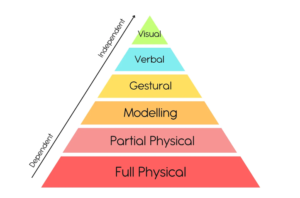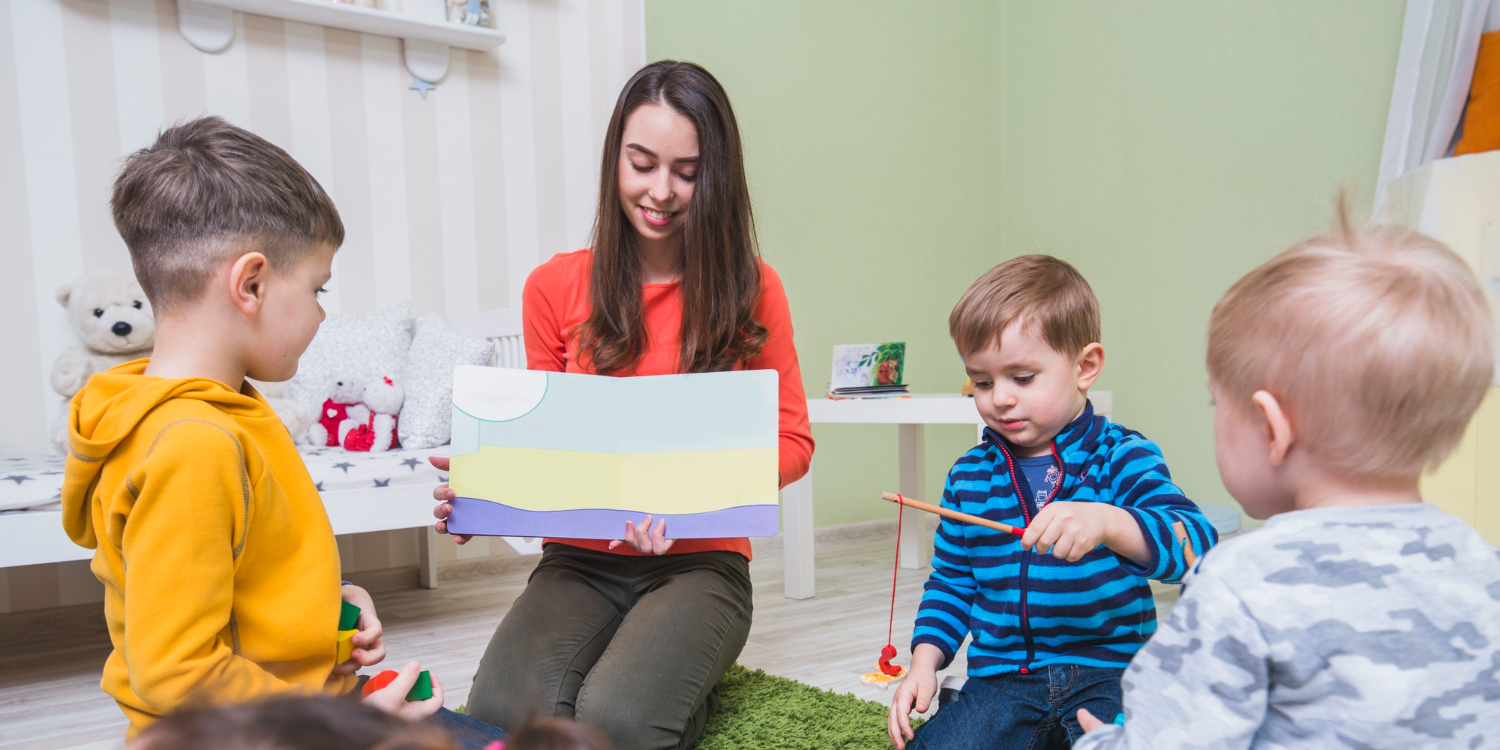In occupational therapy, understanding the nuances between prompts and cues can greatly impact client outcomes. The difference between the two narrows down to this: prompts serve as direct guides, steering individuals towards desired outcomes, while cues act as subtle nudges, fostering independence and skill development. The question arises: how do therapists effectively balance the use of prompts and cues to optimize therapeutic interventions? Let’s discuss the differences in more detail.
What is Prompting?
Prompting is a systematic strategy used to guide individuals step-by-step through a task, assisting them in reaching the correct answer or achieving their goals. Prompting benefits learners by providing them with the necessary support to succeed and acquire new skills.
Different prompting techniques exist, such as gestures, models, physical, visual, and verbal cues, forming a structured prompting hierarchy. This hierarchy outlines the various ways individuals can be motivated to accomplish tasks effectively. Prompting strategies are typically categorized into two types of hierarchies: Most-To-Least and Least-To-Most. These strategies are designed to facilitate learning and skill acquisition.
While prompting has proven to be effective in aiding individuals in achieving their objectives, challenges may arise, such as over-reliance on prompts or difficulty fading prompts once they’re no longer needed. Understanding the nuances of prompting can enhance its effectiveness and help individuals progress towards independence.
What is Cueing?
Cueing involves providing hints or clues as signals or suggestions, rather than directly leading to an answer. It can be an effective way to support learning and independence. Cues are often more subtle than prompts, allowing individuals to problem-solve and make decisions independently.
Common strategies include environmental cues, verbal cues, visual cues, and gestural cues, tailored to the individual’s needs and preferences. In occupational therapy, cueing is frequently used to facilitate skill acquisition and promote functional independence in daily activities. Cueing can enhance memory, improve task initiation, and boost confidence in completing tasks without constant supervision.
As an example, a cue for a child to know to turn the lights on is if the room is dark or if the lights are off. The cue is the dark room, which indicates to them that they need to turn the lights on. This can be done without any assistance from the therapist.
Despite its benefits, cueing also presents challenges. Over-reliance on cues may hinder skill development, and determining the appropriate type and level of cueing for each individual can be intricate. Balancing cueing with promoting autonomy is essential in achieving successful outcomes in therapy.
What is the Prompting Hierarchy?
The Prompting Hierarchy outlines a pyramid of assistance levels used to guide individuals towards correct responses in occupational therapy settings. This hierarchy includes various prompting techniques such as gestures, indirect (verbal or nonverbal) cues, direct verbal instructions, modeling, and physical assistance.

The hierarchy is as follows from most-to-least assistance:
- Physical Prompts (the bottom of the pyramid)
- Model Prompts
- Gestural Prompts
- Verbal Prompts
- Visual Prompts (the top of the pyramid)
By following this hierarchy, therapists can gradually support individuals in achieving greater independence in completing tasks.
Employing appropriate prompting strategies is important for improving prompting effectiveness and encouraging independence in individuals undergoing occupational therapy. By starting with less intrusive prompts like visual or verbal prompts and progressing towards more direct prompts like modeling or physical assistance as needed, therapists can tailor their approach to each individual’s specific needs.
However, despite the benefits of using the Prompting Hierarchy, there are challenges that may arise. These challenges include finding the right balance between providing enough support to facilitate success without becoming overly dependent on prompts, as well as ensuring that individuals are actively engaged in the learning process rather than passively following prompts.
The Prompting Hierarchy provides a good framework for different levels of assistance in order to help teach a skill or action to a client.
Different Types of Prompting
When considering different types of prompting in occupational therapy, it’s important to acknowledge the three main levels:
Least-to-most Prompting, Most-to-least Prompting, and Delayed Prompts.
Each of these prompt types serves a specific purpose in helping individuals acquire new skills effectively.
Least-to-most Prompting
Gradually providing prompts at varying levels of assistance is essential in utilizing least-to-most prompting to foster independence in occupational therapy. This prompting technique aims to support individuals in acquiring new skills by offering gradual assistance until independent responses are achieved.
Here are some key aspects to contemplate when implementing least-to-most prompting:
1. Start with Independence: Begin by allowing the individual to respond without any prompts, giving them the opportunity to demonstrate their existing skills.
2. Least Assistance: Introduce minimal prompts that provide just enough support for the individual to complete the task successfully.
3. Increased Assistance: If necessary, gradually increase the level of assistance provided until the individual is able to respond correctly.
Following the hierarchy, least-to-most prompting would start with visual prompts followed by verbal prompts and so on until physical prompts are needed to complete the task correctly.
Through this systematic approach, individuals can work towards skill acquisition while receiving the necessary support within therapeutic interventions.
Most-to-least Prompting
Most-to-least Prompting involves starting with the highest level of assistance, such as hand-over-hand guidance (physical prompting), and then systematically reducing the amount of assistance provided until the individual can perform the task with minimal prompting.
The goal is to promote skill acquisition while working towards independence goals. By following a task hierarchy and systematically fading assistance, individuals can learn new skills effectively. It’s essential to recognize that some tasks may always require a certain level of prompting for successful completion, even after extensive training.
The key is to find the balance between providing enough support for the individual to succeed and promoting independence in their daily activities. In occupational therapy, the implementation of Most-to-least Prompting can be a valuable tool in helping individuals acquire new skills and work towards greater independence in their daily lives.
Delayed Prompts
Consider implementing delayed prompts as a method of providing guidance after a period of inactivity to encourage independent task completion in occupational therapy. Delayed prompts can be an effective strategy in prompting individuals to initiate or continue a task.
The timing of the prompt is very important; it should be given after an appropriate period of inactivity to avoid unnecessary interruptions. Delayed prompts can help individuals develop problem-solving skills and foster independence by allowing them to attempt the task before receiving guidance.
Finding the right balance between providing enough time for the individual to respond and offering timely support through a prompt can be challenging. You’ll need to learn how much time the individual takes to think through the situation before they become frustrated or distracted. Give them enough time to consider the next steps, but begin prompting when they are stuck.
Customizing the delay in prompts based on individual needs and task requirements is essential for maximizing the effectiveness of this prompting technique in practice.
The 3 Components of Prompting
Understanding the 3 components of prompting is essential in effectively guiding individuals through occupational therapy interventions.
Prompting strategies involve the antecedent, behavior, and consequence.
The antecedent includes the target stimulus and cue, signaling the expected behavior to the individual. Clear and consistent cues help individuals perform skills accurately.
The behavior represents the skill to be executed, categorized into discrete skills, chained skills, and response classes. Ultimately, the consequence follows the completion of the target skill, ranging from natural outcomes to reinforcements like praise or treats.
Prompting effectiveness relies on the proper alignment of these components, ensuring the individual comprehends and executes the desired behavior. Cueing benefits individuals by providing necessary guidance, while prompting challenges may arise from inconsistencies in cues or inadequate reinforcement.
Conclusion
To sum up, prompts and cues are essential tools in occupational therapy interventions, each serving distinct yet complementary roles in guiding individuals towards desired behaviors.
By understanding the prompting hierarchy, different types of prompts, and the three components of prompting, occupational therapists can effectively support individuals in achieving independence, skill acquisition, and task completion.
Incorporating prompts and cues into therapy sessions enhances learning, memory, and confidence, ultimately promoting successful outcomes for clients.









